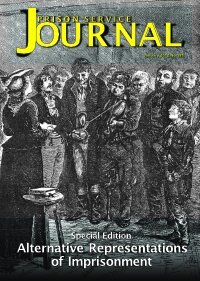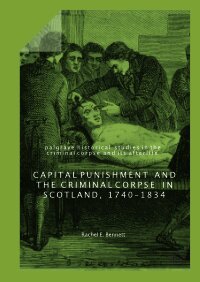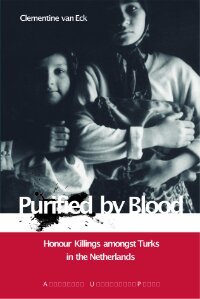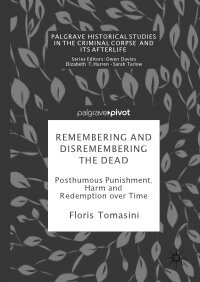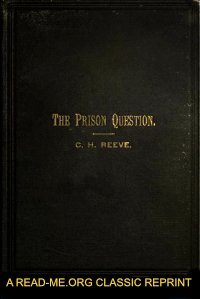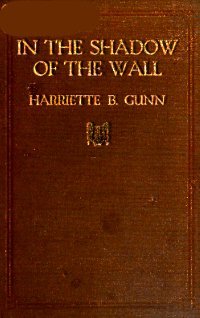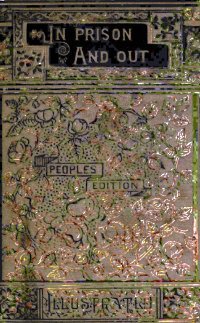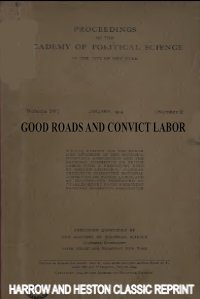Edited by Michael Fiddler.
“Contemporary representations of imprisonment, be they cinematic or literary, tend to be remarkably consistent. There are a series of recurrent characters and tropes that one can reliably expect to see. To give a decidedly partial list, there is the naïf, the kindly old-timer, the threat of (often sexual) violence or the dank darkness of ‘the hole’. A useful exercise in this regard is to look at the ways in which a remake of a particular prison film reuses these visual themes. The 1974 film The Longest Yard (dir. R. Aldrich) starring Burt Reynolds as a disgraced and subsequently imprisoned American football player was remade in 2001 (dir. B.Skolnick) and 2005 (dir. P.Segal) as vehicles for Vinnie Jones and Adam Sandler respectively. The UK version, renamed Mean Machine to match the original UK release title of the 1974 film, owes much to key British television and film where prisons and imprisonment play key roles.”
Prison Service Journal. Issue 199. January 2012. 64p.


